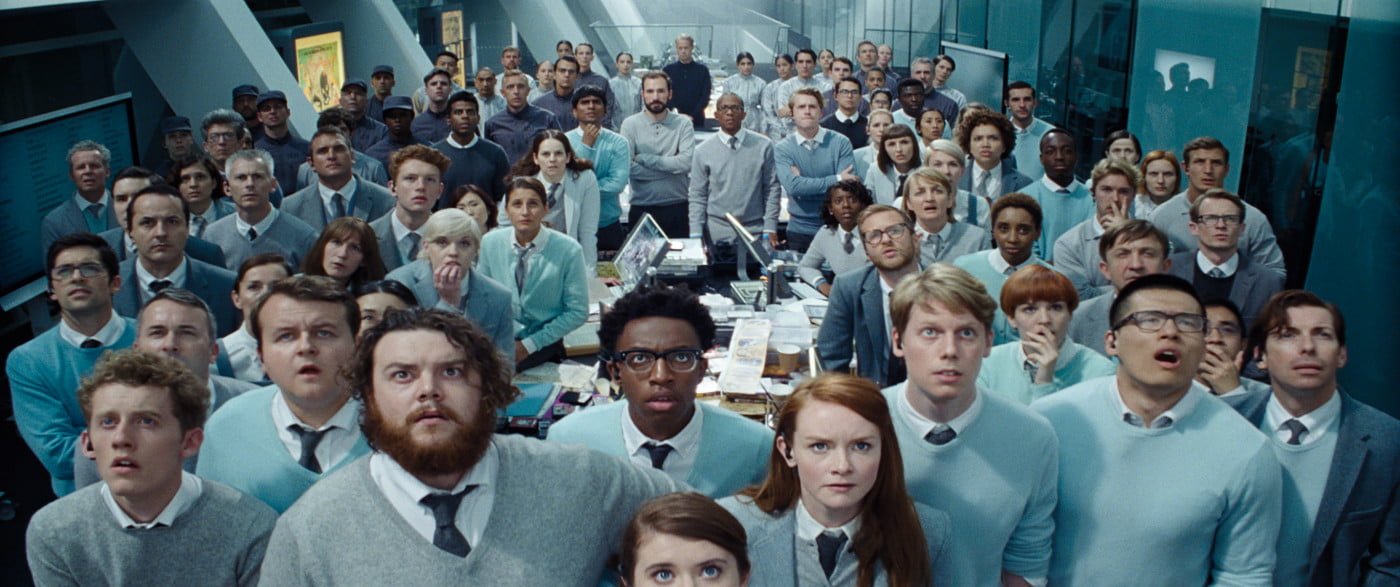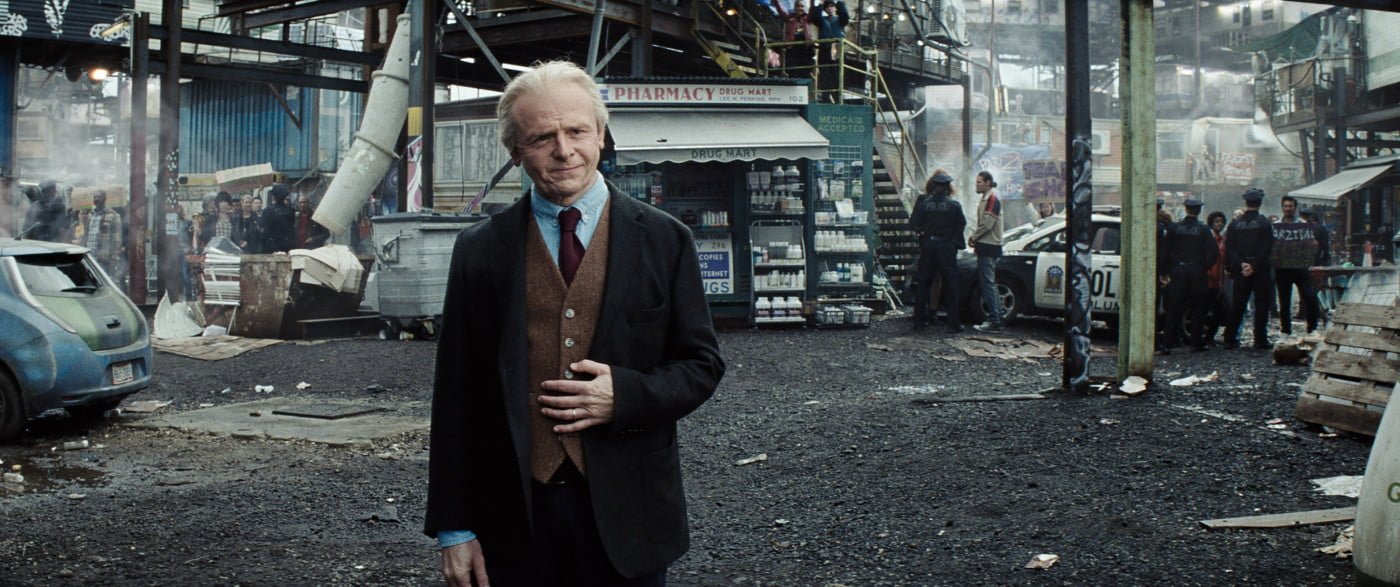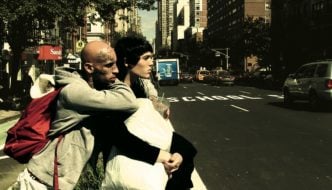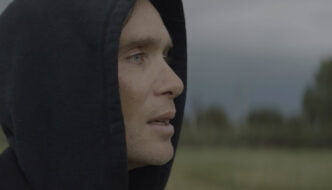
Pic courtesy of Warner Bros
Right from the get-go, we are thrown into the world of Ready Player One with no sympathy for the intelligent viewer. The first fifteen minutes of the film are almost exclusively exposition, which made me completely lose interest in a world that had so much potential. I like to experience the world and work out the details myself, not be lectured to through a voiceover. Not a good start.
In this opening voiceover, we are introduced to a virtual reality gaming technology called OASIS. We are also told that its inventor, James Halliday (Mark Rylance), has been dead for five years. This struck me as a strange place to start the film. If Spielberg had introduced us to this world on the day of Halliday’s death, it would have given the film a more solid structure and removed the need for the initial bombardment of exposition. Don’t get me wrong. It’s not that the film is terrible. It is just a shame that Spielberg does not execute the mastery of filmmaking that we know he can.
Long-time collaborator, Janusz Kaminski, does some fantastic work with the cinematography. I was left wondering how many of the shots were executed. There was the danger that the pop-culture referencing OASIS would just be a mess of CGI, but for the most part, this was not the case. The sub-par CGI of the game’s avatars was presumably intentional – to remove them from the ‘real’ world of the film. However, it was sometimes distracting and made them difficult to empathise with. The visual use of white gaming chairs turning red upon the player dying was fun and worked well, although I have a suspicion this idea may have been stolen from a scene in Guardians of the Galaxy Vol. 2.
The film’s ending has a certain poignancy to it, with the recent debates over net neutrality in America being centre stage in world news. Many of the story’s beats, particularly towards the end, follow that of Willy Wonka & the Chocolate Factory (1971). Instead of a Chocolate Factory, Wade finds himself in a race to inherit the rights to the virtual reality world of the OASIS. A scene at the end is eerily similar to the famous scene in Willy Wonka’s office. In comparison, Ready Player One falls flat in delivering the atmosphere and emotion that the 1971 film does.

Pic courtesy of Warner Bros
I’m not quite sure if there is an anti-capitalist, pro-socialist message wedged in, with Sorrento (Ben Mendelsohn) representing the evil corporate power that looks to seize control of this seemingly free and equal-opportunity world. I would be disappointed if this were the case; it would be a shame for something like this to be over-politicised with a forced message. As a gaming geek, I cannot help but overlook these political issues and instead recognise the relatable video-game-specific issues and themes, from the joy of discovering an easter egg to meeting a real life love in an online game.
A small section of the film that, despite paying tribute to another film, I feel was executed superbly well is The Shining sequence. The section stands out because it is so off-tone from the rest of the film. The recreation of the overlook hotel was fantastic and the unrestrained nudity and horror themes in a 12A movie went to show that Spielberg had some balls! This inventiveness is what the rest of the film, unfortunately, lacked at times.
Ready Player One is a great idea with themes that speak to a modern day audience with startling poignancy. However, due to a poorly structured plot that rarely ventures outside the box, Ready Player One becomes a rather forgetful, averagely-made film. Spielberg was once known for his soul-filled and powerful classics such as Raiders of the Lost Ark (1981), E.T. (1982), and Schindler’s List (1993)… What happened?
Filed under: Film, TV & Tech
Tagged with: film, film review, Gaming, Movie, Ready Player One, Steven Spielberg, Video Game, Willy Wonka, Willy Wonka and the Chocolate Factory



Comments